-

How to Install a Wall-Mounted Standing Desk on Plasterboard Walls
You’ve chosen a wall-mounted standing desk, which is a smart move for space-savings and ergonomics. Perhaps you are c...
-
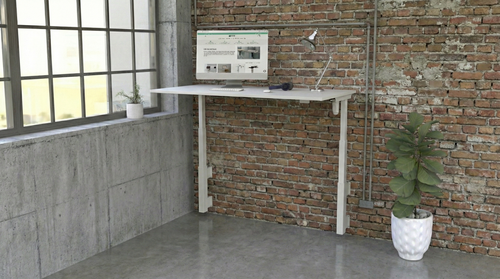
Best Wall Mounted Standing Desks UK 2026: Height Adjustable Options from £304
Looking for a wall-mounted standing desk that's height-adjustable? Whether you're equipping a small office, home stud...
-

The Growing Popularity of Wall-Mounted Height Adjustable Desks: Why a Compact Desk May Be Perfect for You
Recently, there has been a noticeable surge in interest around wall-mounted height-adjustable desks, particularly com...
-
Don't Just Sit There: Upgrade to a Desk That Works for You
If your profession keeps you tied to a desk for hours – be it in tech, creative fields, finance, or any desk-bound ro...
-

Is Investing in an Electric Height-Adjustable Desk Worth It?
In the ever-evolving landscape of workplace ergonomics, the electric height-adjustable desk has emerged as a beacon ...
-
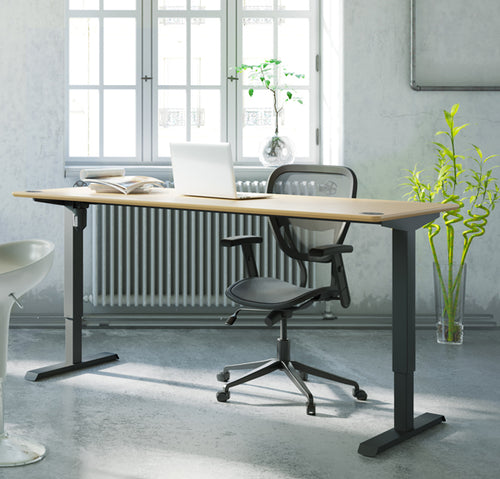
Home Office Woes: Tackling Back Pain in Your Home Office
In the world of remote work, the comfort of your home office plays a pivotal role in your productivity and wellbeing...
-
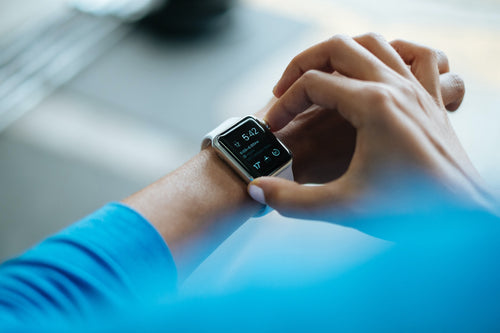
How to Use Ergonomic Software and Apps to Enhance Your Work Experience
In today’s digital world, many of us spend a lot of time using computers, laptops, tablets, smartphones and other dev...
-

Get More Done with Less Space
Do you feel cramped and disorganised in your workspace? Do you have trouble finding adequate space for your documents...
-

Are you a gamer? Improve Your Gaming Performance with Ergonomics
Are you a gamer who wishes to improve your abilities? Do you spend hours playing your favourite games on the computer...
-
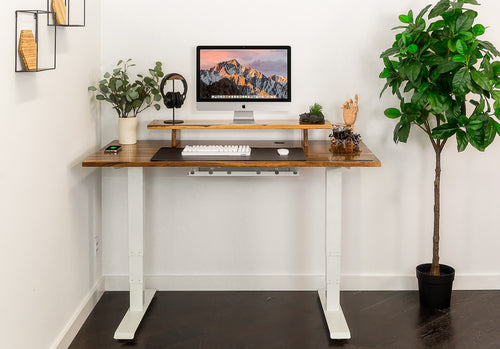
Read This Before Purchasing an Ergonomic Height-Adjustable Desk!
Are you considering buying an ergonomic height-adjustable desk? Before you make your purchase, there are a few things...
-
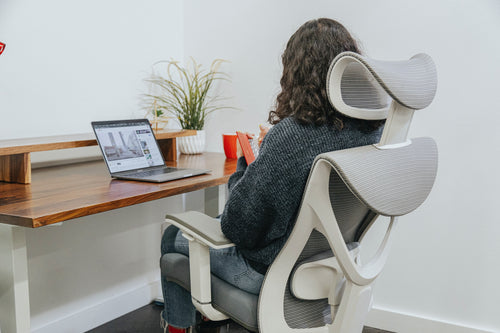
Don’t Buy an Ergonomic Office Chair Until You Read This!
You could be pondering whether you require an ergonomic office chair if you spend a lot of time sitting at your desk....
-

The Ultimate Ergonomic Home Office Checklist: Everything You Need to Know
Working from home has become the new normal for many people due to the COVID-19 pandemic. While it offers some benefi...
-

How to Balance Work and Life in a Home Office: Tips and Strategies for Well-being
Working from home can have many benefits for your wellness, such as saving time and money on commuting, having more f...
-

The Future of Ergonomics: Trends, Technologies and Innovations
Ergonomics is the study of how people interact with their environment. It is a growing field, as more and more people...
-
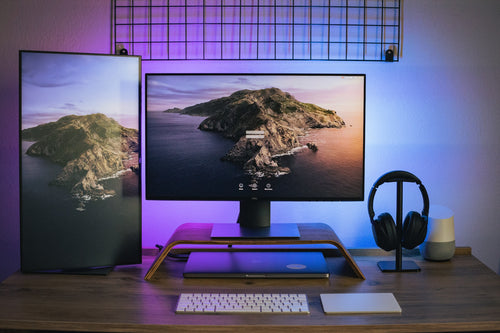
How to Set Up a Dual Monitor System for Better Ergonomics and Productivity
If you spend a lot of time working on your computer, you might be wondering if having two screens is better than one....
-

How to Boost Your Productivity and Comfort with Various Ergonomic Seating Options
Do you spend a lot of time sitting at your desk? Do you often feel tired, sore or stiff after a long day of work? Do ...
-
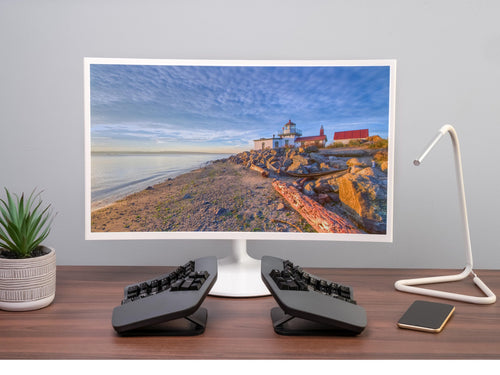
Why You Should Consider a Split Keyboard for Better Posture and Productivity
You may have been experiencing pain or discomfort in your wrists, fingers, neck and back if you spent a lot of time t...
-

Ergonomic Mouses: The Science, Benefits and How to Choose the Right One
If you spend a lot of time working or playing on your computer, you may have experienced some discomfort or pain in y...
-
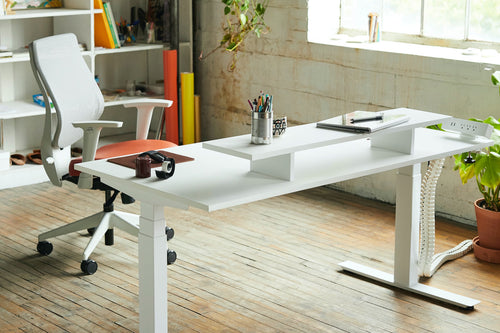
How to Choose the Right Ergonomic Desk for Your Home Office
If you work from home, you know how important it is to have a comfortable and productive workspace. A key component o...
-

Working from Home: Avoid These Common Health and Productivity Mistakes
Due to the COVID-19 virus, working from home has become a new way of life for some people. Research shows that the po...
-
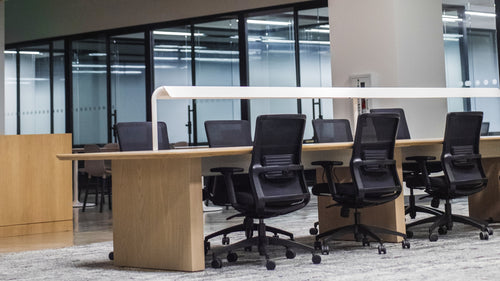
When to Replace Your Ergonomic Office Chair for Optimal Comfort and Support
If you spend a lot of time working at a desk, you know how important it is to have a comfortable and supportive offic...
-

How to Use a Kneeling Chair: Tips and Tricks for Better Ergonomics and Health
If you are looking for a way to improve your posture, spinal alignment, and back pain, you may have heard of kneeling...
-

7 Signs You’re Working in a Suboptimal Workspace and How to Fix It
Do you often feel tired, sore, or stressed at work? Do you struggle to focus, perform, or enjoy your tasks? If you an...
-
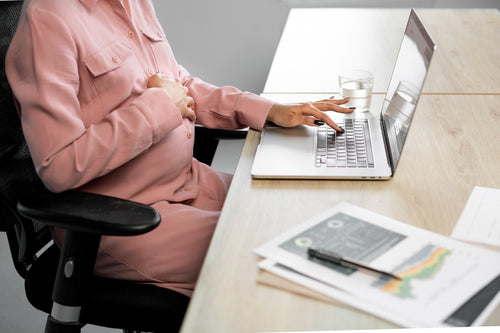
Ergonomics and Wellness for Pregnant Women: Creating a Comfortable and Productive Home Office
Pregnancy is a wonderful and challenging time for many women. It brings physical, emotional and mental changes that c...
-

Lighting Tips and Tricks for a Better Home Office Setup: Why It Matters and How to Do It
The popularity of working from home has exploded in recent years, with more and more people working from home, fueled...
-

How to Boost Your Energy and Focus with Ergonomic Breaks and Micro-movement
Do you often feel tired, stiff or sore after a long day of work? Do you struggle to concentrate or stay motivated on ...
-

Ergonomic Laptop Stands: The Benefits of Using Them for Comfort and Portability
Laptops are great devices that allow us to work, study, play and communicate from anywhere. There are, however, sever...
-

How to Organise Cables and Wires for a More Ergonomic Workspace
If you work from home or have a dedicated office space, you probably have a lot of cables and wires cluttering your d...
-
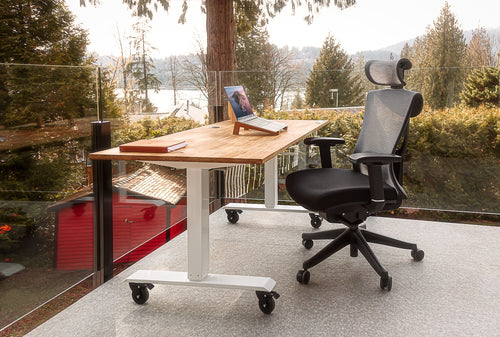
Standing vs. Sitting Desks: Which One Is Better for Your Health and Productivity?
If you spend most of your day working at a desk, you might have wondered whether standing or sitting is better for yo...
-

Boost Your Productivity with Plants on Your Ergonomic Desk
Are you looking for a simple and effective way to improve your work performance and well-being? If so, you might want...
-

How a Height-Adjustable Desk Can Transform Your Home Office
Are you looking for a way to improve your health, productivity, comfort and design in your home office? If so, you mi...
-

Sustainable Ergonomics: How to Create Eco-friendly Work Environments
In today's world, where the environment demands our attention more than ever, it is crucial to consider how we can cr...
-
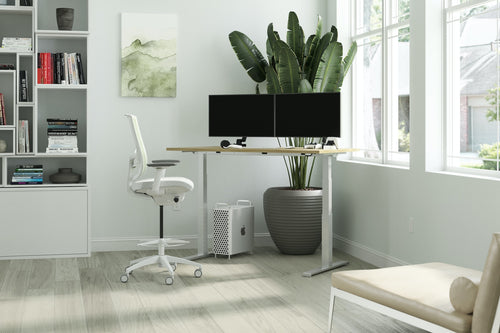
Why Investing in an Ergonomic Chair is Crucial for Back Health
Whether for work or personal reasons, many of us spend a great deal of time sitting at our desks. Unfortunately, prol...
-
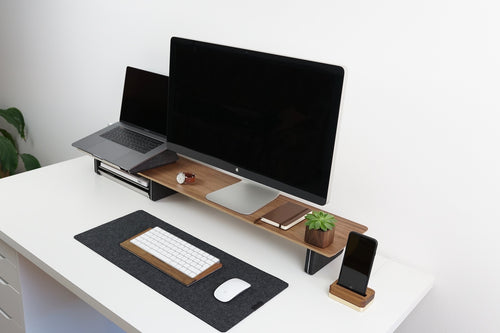
Ergonomic Desk Configurations for Different Work Styles
In the digital age, where the majority of jobs involve sitting at a desk for extended periods, it has become increasi...
-

Ergonomic Exercises and Stretches for Desk-bound Professionals
For desk-bound professionals, long hours spent sitting, hunched over keyboards, and engrossed in screens can lead to ...
-
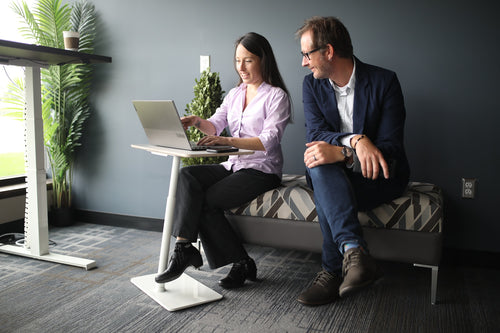
5 Common Ergonomic Mistakes to Avoid When Sitting at Your Desk
In today's fast-paced world, where technological advancements have reshaped the landscape of work, it is of utmost im...
-

Find Your Perfect View: The Importance of Optimal Monitor Placement for a Healthy Workspace
Welcome to our latest blog post where we'll be discussing the importance of optimal monitor placement for a healthy w...
-

Choosing the Perfect Ergonomic Office Chair: A Comprehensive Guide
As we spend more and more time sitting at our desk, finding the perfect ergonomic office chair has become increasingl...
-

Correct Desk Height and its Importance
Office workers spend the majority of their day sitting at a desk, and as a result, it’s important to ensure that the ...
-

The Benefits of Ergonomics in the Workplace: Why It Matters
Ergonomics is the scientific study of the interaction between humans and their environment, including the tools and e...
-

Welcome to Ergoasis
Ergoasis is a online retailer of ergonomic height-adjustable (sit/stand) desks, chairs, and accessories. We pride our...









































